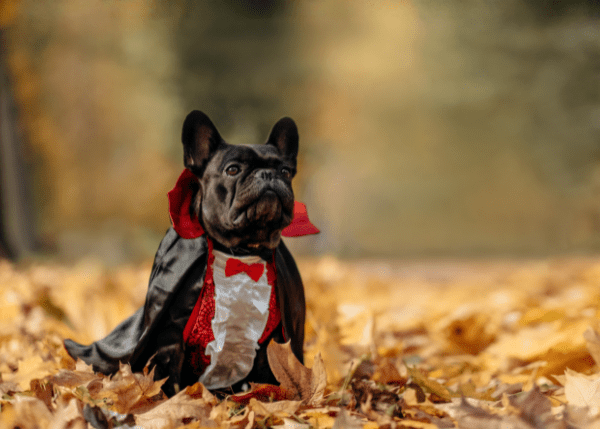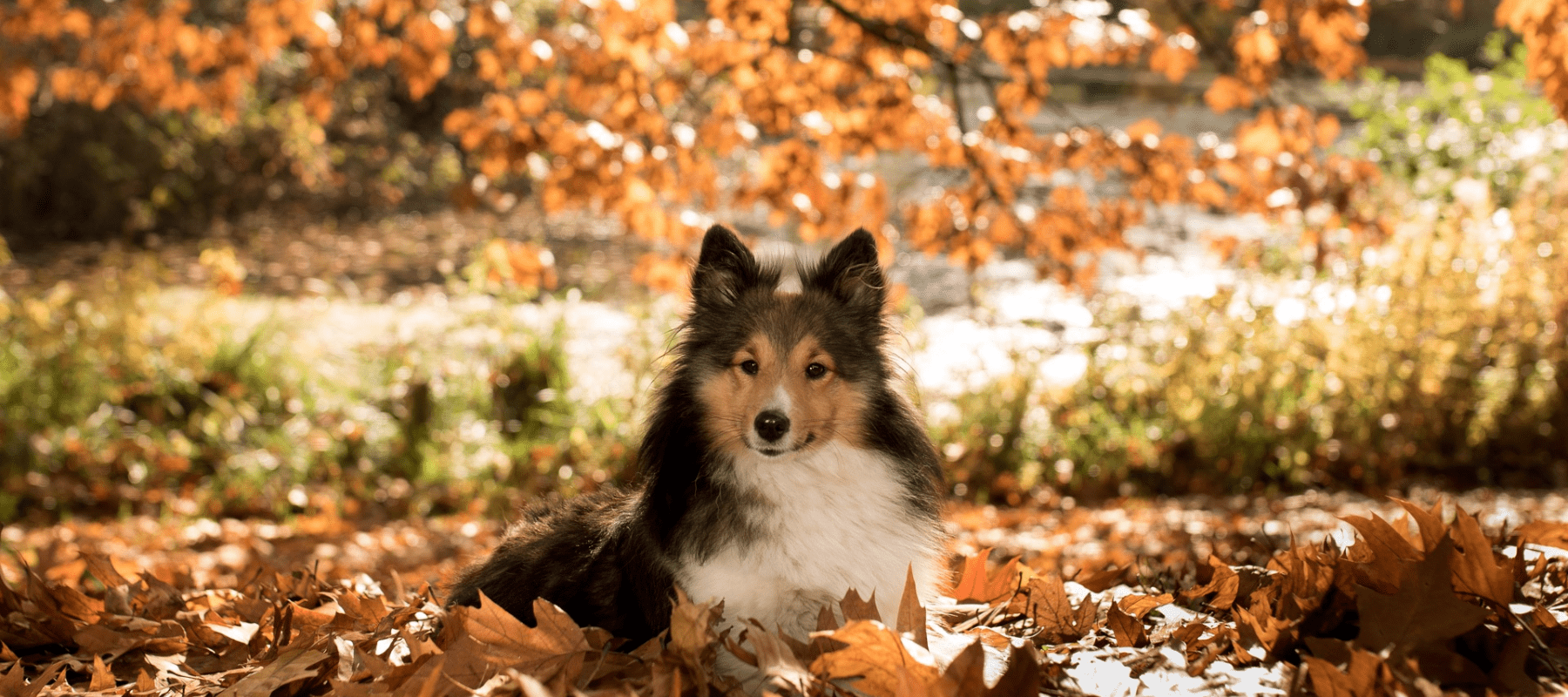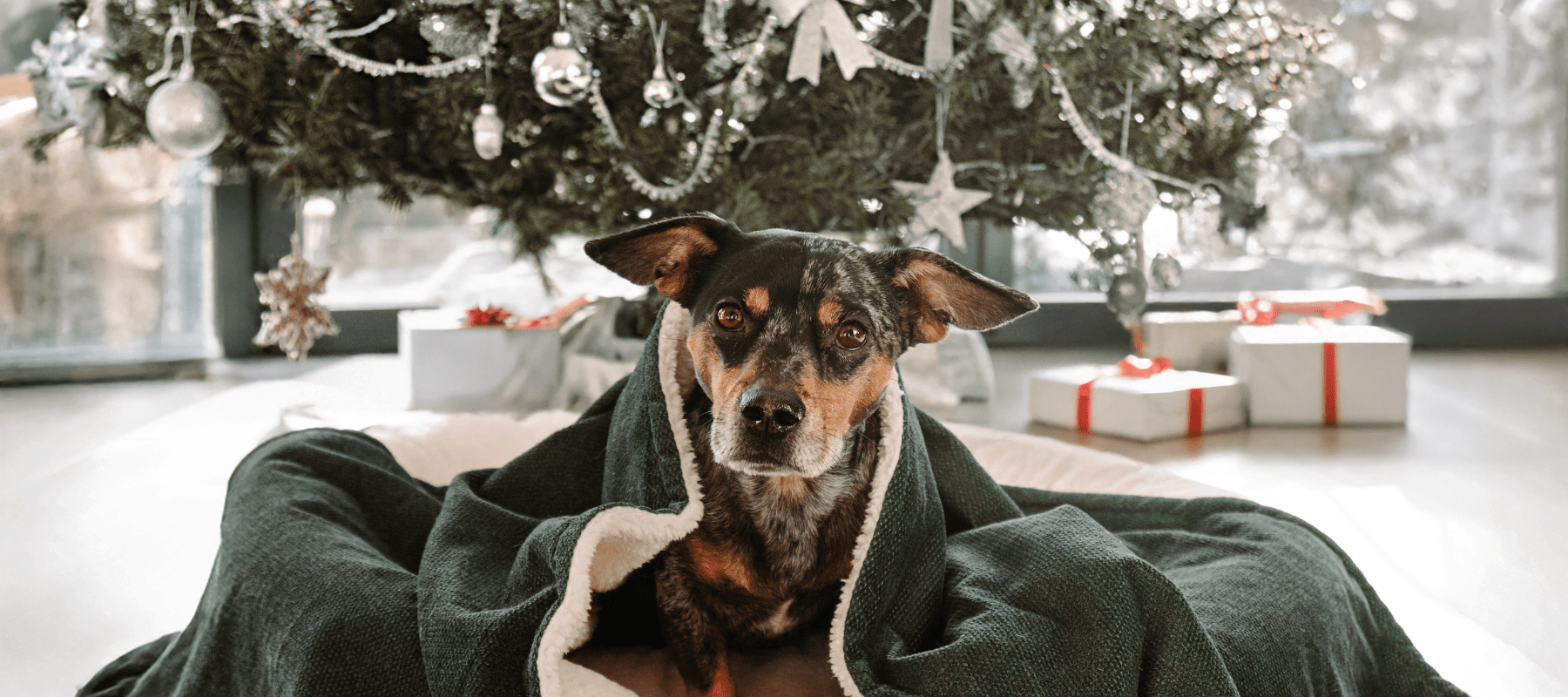
A firework survival guide for you and your pets…
Start preparing early to protect your pets from possible injury and stress during Bonfire Night (5 November) and New Year’s Eve (31 December). Whilst fireworks can be exciting, for our pets, they can be a stressful and scary experience.
Vets across the UK see more animals with firework-related injuries at this time of the year. Common injuries caused by fireworks go hand in hand with anxiety, such as tooth injuries to dogs from chewing furniture or escaping their garden during the fireworks and being injured as a result. Firework debris can also pose a serious risk of injury to wildlife and pets on their walk.
If your animals begin to show signs of distress during the fireworks, you should try to remain calm too.
Understanding canine emotional regulation
Emotional regulation is a crucial foundation that helps your dog adapt to new situations and tolerate stress. A dog who is well rested is easier to train, has better regulation and is usually able to focus and cope with challenges more successfully.
On the flip side, an overstressed dog will struggle with impulse control, and might react out of frustration or fear as they are in a mode of feeling constantly overwhelmed.
To help your dog go from stressed out to regulated doesn’t mean pushing your dog harder and adding more to their plate, but rather supporting your dog’s nervous system. Without the ability to decompress from frustration and arousal, everything begins to stack which can quickly lead to chronic overwhelm, and impulsive or reactive outbursts that seem to come out of nowhere.
Overwhelming your dog can lead to them living their life in a constant state of fight-or-flight. Just like humans, they feel hyperaware, on edge, tense, anticipating and unable to settle, even in a calm environment.
Expert advice for desensitising your dog around fireworks
This year, set your dog up for success around fireworks by desensitising them to the sound ahead of time. Dogs thrive on routine, and when their world is predictable, consistent, and clear, they will be able to regulate themselves during new, unfamiliar situations.
Establishing good routines early with clear boundaries and consistent expectations helps your dog feel secure, and allows them to learn to settle, reinforcing their ability to self regulate.
Promote quality, restful sleep
The secret to a well regulated dog often begins with deep, quality sleep and regular opportunities to decompress. Reactive and anxious dogs often struggle to get proper, high-quality rest, which affects their ability to cope with everyday stress.
Make sure to prioritise their sleep, by creating a quiet, safe haven for them to rest in. Create a calming night time routine to help them settle. Our luxurious calming dog beds are designed to reduce your dog's anxiety, with cosy nest bed walls that are perfect for snuggling into.
Don't forget to use our discount code 'SPOOK10' for 10% off.
Incorporate breed-specific training and activities
Every dog has instinctual drives that need fulfilling, and incorporating opportunities for training, activities and further enrichment can make a big difference in their behaviour. Sometimes a walk just isn’t enough, and purposeful, breed specific outlets are needed for your dog to tap into their natural instincts constructively to reduce stress and frustration.
For example, some dogs benefit greatly from activities like scent work, while others thrive when digging or chasing. Look out to see what brings your dog joy and let them engage in fulfilling instinctual play to help lower their stress.
Find new opportunities for mental stimulation
Just like physical exercise, mental stimulation is a crucial component to your dog remaining calm during fireworks. Activities that challenge and engage your dog's brain, such as puzzle feeders, training and enrichment games help them relax and promote healthy regulation.
Taking small steps now, like closing curtains, putting on background noise and creating a cosy den for them to hide in, will help your dog feel safe and calm when fireworks start. Check your garden is secure before letting them out for toilet breaks and make sure pets are microchipped with up-to-date details, just in case they panic and escape.
A desensitisation exercise for at home training…
-
Start desensitising them early, using YouTube or Spotify to recreate the sounds of fireworks during your training sessions.
-
Begin at a low volume so that your dog notices them but doesn't show signs of stress like pacing, panting or hiding.
-
While the sounds are playing, play a game with your dog or give them high-value treats to help them associate the noise of fireworks with positive outcomes.
-
Gradually increase the sound volume each day, provided your dog remains calm. If your dog gets scared at any point, stop the session immediately and resume at a lower volume next time.
-
Keep sessions short and frequent (5-10 minutes) to avoid overwhelming your dog, and end on a positive note for long-term success.
If your pet gets significantly distressed by fireworks, contact your vet to discuss medication and other treatments that may be appropriate for them.



Leave a comment
This site is protected by hCaptcha and the hCaptcha Privacy Policy and Terms of Service apply.